Email: info@houseofaestheticslondon.com Phone: 020 8290 0099
Mother’s Day Special Offers – Click Here to see all!
Email: info@houseofaestheticslondon.com Phone: 020 8290 0099
Mother’s Day Special Offers – Click Here to see all!
cryopen®
Cryotherapy or Cryosurgery is a highly effective and safe procedure that is used to freeze and destroy benign skin lesions. It uses liquefied nitrous oxide to destroy the tissue by freezing the cell fluid which in turn forms ice shards that rupture the cell membrane in turn destroying the cell and the lesion.
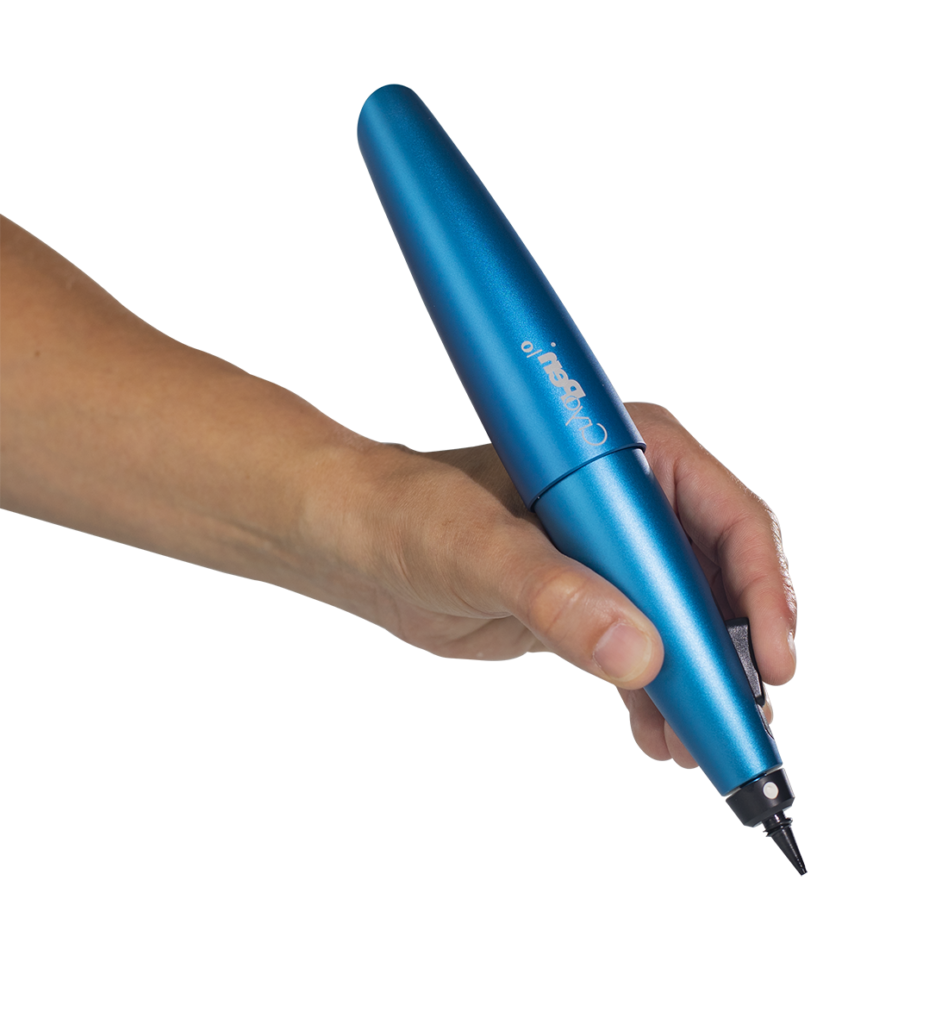

WHAT IS CRYOPEN®?
Cryotherapy or Cryosurgery is a highly effective and safe procedure that is used to freeze and destroy benign skin lesions. It uses liquefied nitrous oxide to destroy the tissue by freezing the cell fluid which in turn forms ice shards that rupture the cell membrane in turn destroying the cell and the lesion.
Cryotherapyis beneficial as itis quicker than other treatments and patients can be in and out in seconds. It requires no anesthesia and has minimal scarring. There are no limitations on activities (except protecting the area from damage or abrasion) and patients can return to normal activities after treatments).
The CryoPent is a unique pen like device allowing for more targeted treatments, meaning no healthy tissue will be affected during treatments.
TREATMENT METHOD
First Freeze Cycle
The clinician will hold the applicator as close as possible to the lesion, and move it quickly towards and away from it. Depending on the lesion size and depth, the treatment could be 1 to 30 seconds.
Thaw
After the first freezing cycle, the tissue will be allowed to thaw for about 30 seconds
Second Freeze Cycle
The second freeze cycle will start. The tissue will freeze faster than during the first freezing cycle. Cryo Peno Cryotherapy can treat all common benign skin lesions including age spots, warts, skin tags, verrucas, cherry angiomas and many more.
A small, hardened, typically painless blister caused by an human papillomavirus (HPV) infection. Common warts (verruca vulgaris) appear most typically on the hands. <! –more–>Flat warts (verruca plana) are flatter in size and appear most commonly on the face and neck. They may appear similar to a seborrheic keratosis (but feel rougher). Filiform warts (digitate wart) appear like a thread (similar to a skin tag) and are found most typically on the eye lid. Genital warts appear only on the genital area.Plantar’s warts (verruca plantaris) are painful blisters found only on the soles of the feet. They are characterised by the appearance of black specks. Mosaic warts are a cluster of smaller Plantar’s warts found also on the soles.

Pigmented spot, solar lentigo, Sunspot, Age spot, Liver spot.
A pigmented lesion with defined edges that forms from prolonged ultra-violet exposure. Lentigines typically appear from adulthood and can affect all Fitzpatrick Skin Types
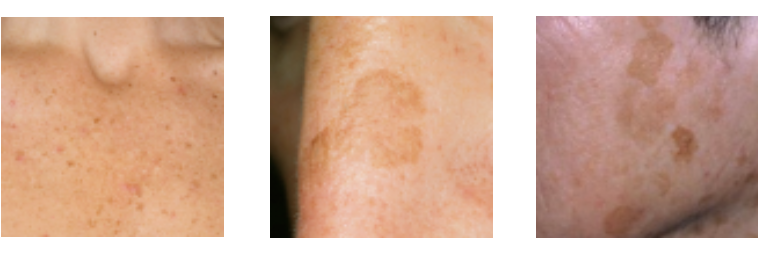
Chery Hemangioma, Campbell De Morgan Spot
A small flat or slightly raised papule containing an abnormal collection of capillaries. Cherry anginomas may affect anywhere on the body and most typically appear in mid-adulthood onwards
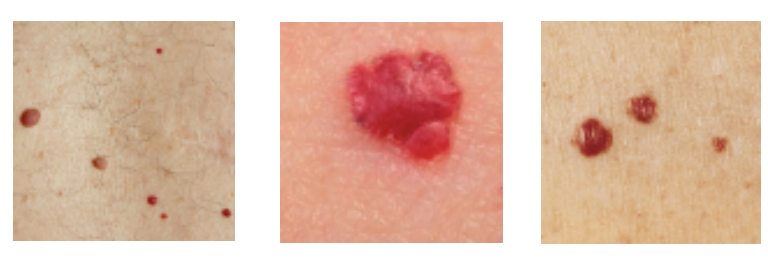
Freckles
A small pigmented lesion with defined or soft edges that forms during childhood and remains into adulthood. Ephelides are a common genetic pre-disposition for Fitzpatrick 2 complexions and appear on sun exposed areas.

Solar Keratosis, Sun spot
A patch of thick, scaly skin that appears only on ultr-violet exposed areas, particularly the scalp, forehead and nose. Actinic keratoses are characterised by a sandpapery feel and crusty appearance. They can range in colour from yellow, brown, red or pink and most commonly appear in late adulthood, particularly on males of early Fitzpatrick Skin Type. Up to 20% of untreated lesions may develop into pre-squamous cell carcinomas (SCC) and should only be treated by a medical practitioner.
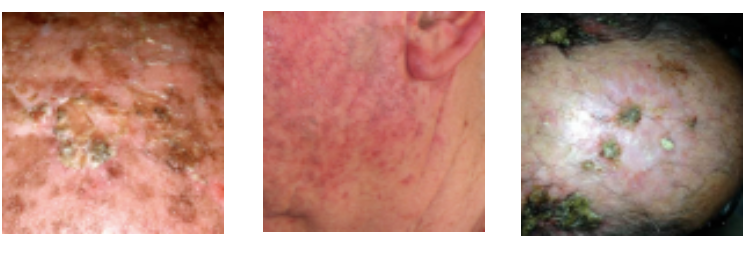
Arochordon
A benign skin growth that appears typically in and around skin folds (eyelids, neck, underarms, buttocks). The lesion is fibrous and vascular and bleed easily if nicked. Once grown, the size does not increase. Skin tags appear more commonly on middle-aged females.

Basal cell papilloma, senile wart, brown wart, barnacle
A benign, non-viral lesion that affects older adults of all Fitzpatrick Skin Types. Seborrhoeic keratoses are actually not associated with sebum and are argued to occur by result of degenerative keratinocytes. Their appearance can often look like a flat wart, they however possess a soft and velvety feel when touched.
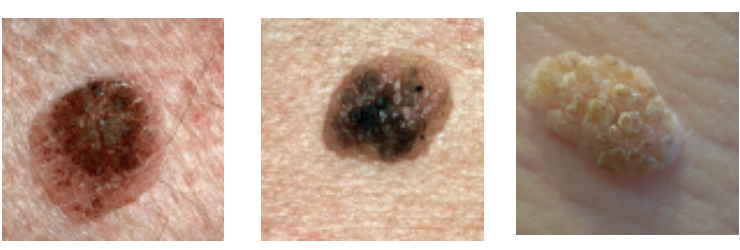
An enlarged or herniated sebaceous gland which produces a yellow, waxy, donut-shaped lesion typically on the forehead or cheeks. Sebaceous hyperplasia are more common in middle to late-aged males.

Senile Wart, Brown Wart
A red papule containing fibrous tissue that typically occurs on and around the nasal area. The exact reason for formation is not known. Multiple angiofibromas extending beyond the face may be a sign of tuberous sclerosis disorder and require specialist medical attention.

A benign fibrous nodule that is most commonly found on the legs. Dermatofibromas appear due to an abnormal proliferation of cells (particularly fibroblasts). The potential involvement of histiocytes may indicate reactivity to an insect bite, splinter, thorn or such irritant. Dermatofibromas may often appear similarly to a slightly raised mole and can vary in colour from skin tone, pink or brown.

Milia are commonly found on the skin of people of all ages. They are formed when keratin (a substance produced by the skin) becomes entrapped beneath the outer layer of the skin, forming a tiny cyst. An individual milium (the singular of milia) is formed at the base of a hair follicle or sweat gland.
Milia can be categorized as either primary or secondary. Primary milia are formed directly from entrapped keratin and are usually found on the faces of infants and adults. Secondary milia are also tiny cysts and look similar, but these develop after something clogs the ducts leading to the skin surface, such as after an injury, burn, or blistering of the skin.

Other Lesions quoted on day of consultation
Leave your details below and we will be in touch to discuss your needs & book you in for a free skin analysis appointment!
*We have two financed payment options: 1. 0% Finance available. 20% deposit required. Spread over 10 months. 2. Klarna. Buy Now, Pay Later. Can be applied in store. More info. T&C’s apply. Please ask in store for more details.

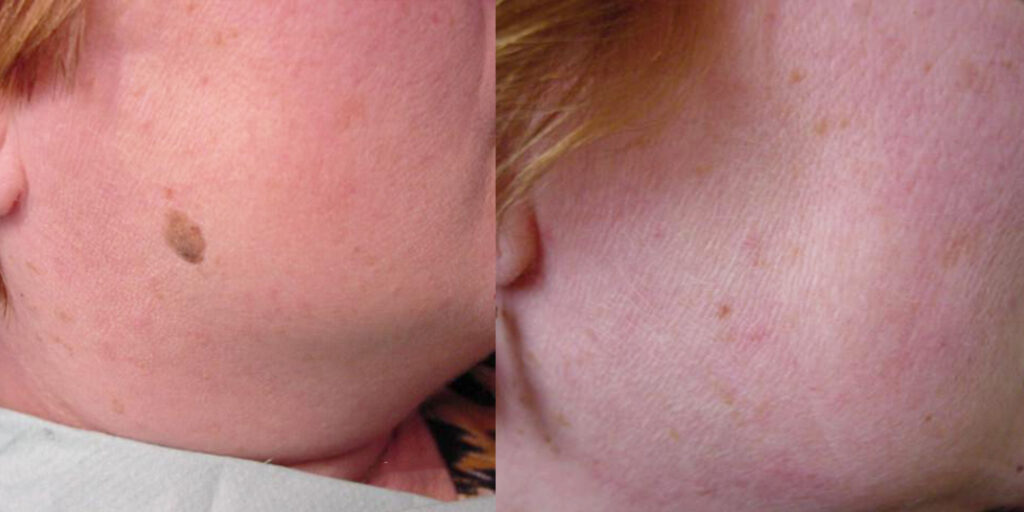

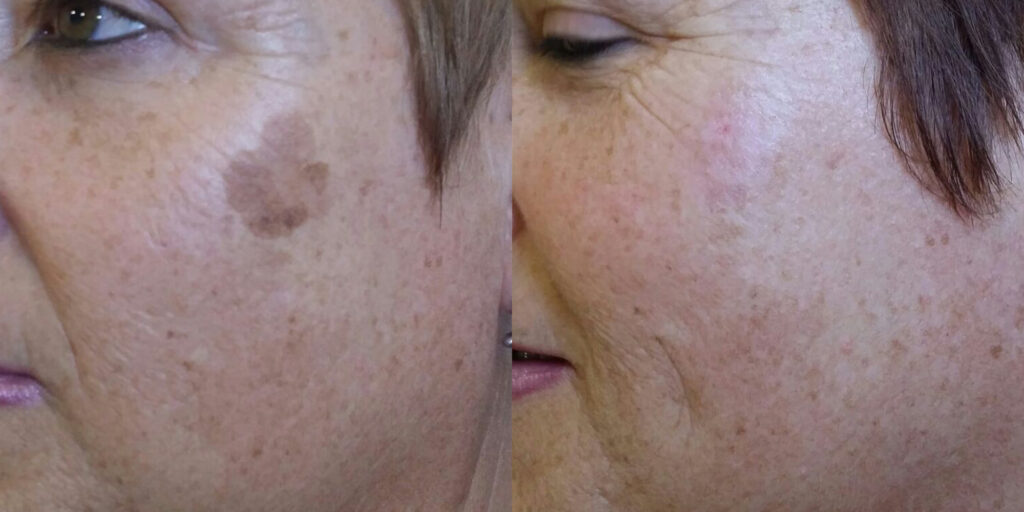
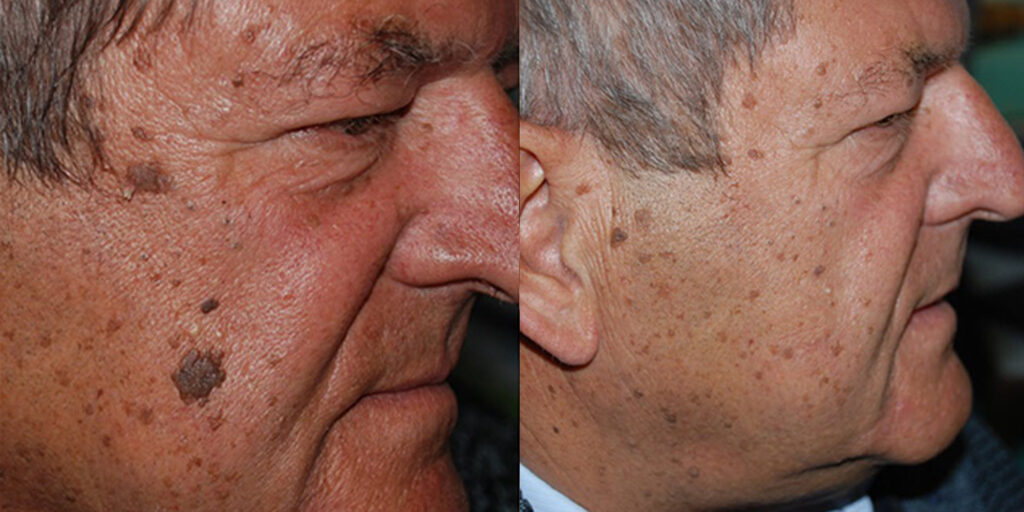
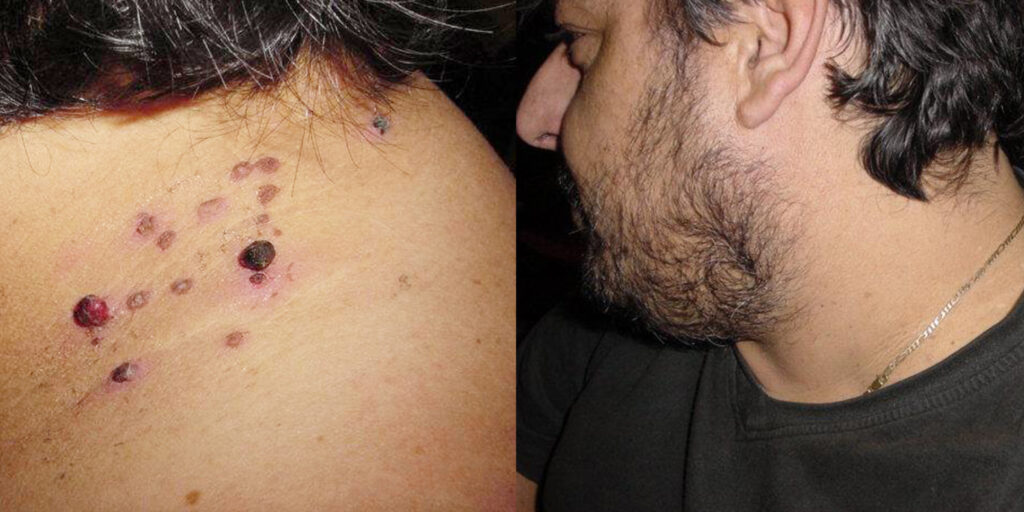
Cryotherapy is a procedure that uses extreme cold to destroy tissue. The process is called cryo-necrosis, tissue destruction by freezing.
Cryotherapy requires no anaesthesia and has less scarring than other techniques of skin removal with minimal post-op care. Treatment goes fast and can be integrated into daily practice.
This does not normally occur. Darkening or lightening of the skin may occur temporarily. Both generally last for a few months. The pigment change is more common in darker skin types.
The applicator is held as close as possible to the skin imperfection and moved quickly towards and away from it. This could be from 1-30 seconds, depending on the size and depth. After the first freeze cycle, the tissue can thaw for about 30 seconds. Now the second freeze cycle will begin. The tissue will freeze faster than during the first freezing cycle.
Most small common warts will respond to a single treatment. However, certain types and very deep ones can be very difficult to remove and may require more than one treatment.
Yes, but cautions about skin type and location be considered prior to deciding on freeze times. People with high levels of cryoglobulins should be treated with caution. If with dark skin, one may not want to have cryotherapy, it will kill the melanocytes around the treated area, making the skin in that area lighter.
There are no limitations on activity except to protect the area from damage or abrasion. Swimming and showering is not a problem.
Skin, skin tags, age spots, warts, actinic keratosis, verruca’s, Milia, cherry angiomas and other benign skin imperfections.
Sign up to enjoy your latest special offers and news!
Contact Us
Need some help?
Copyright © House of Aesthetics London Ltd, 2020-2024 All rights reserved.
HA, HOA & houseofaestheticslondon.com are trading names of House of Aesthetics London Limited.
Registered in England: 14 Market Square, Bromley, England, BR1 1NA. Company no. 12642069.
Talk To Us Today!
Schedule a Free Consultation
Fill out the form below, and we will be in touch shortly either by phone, WhatsApp or email to book your free consultation.